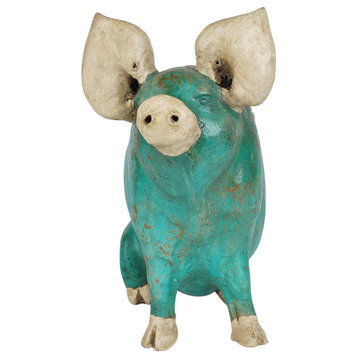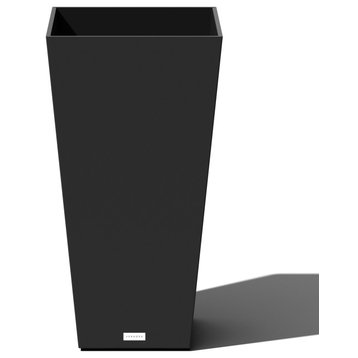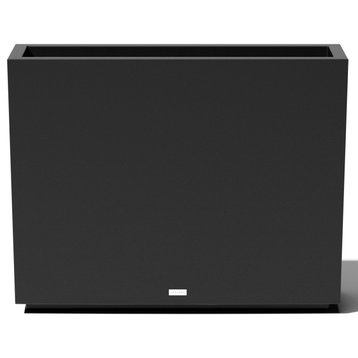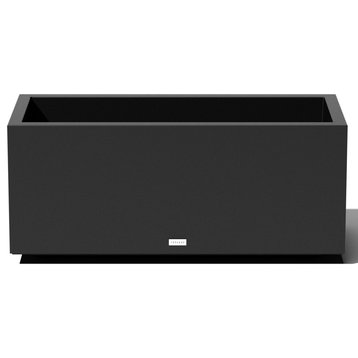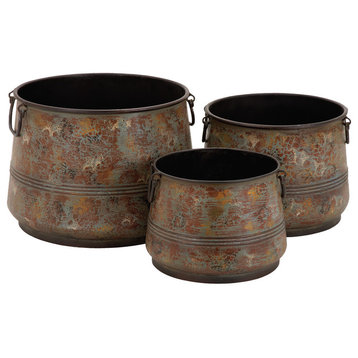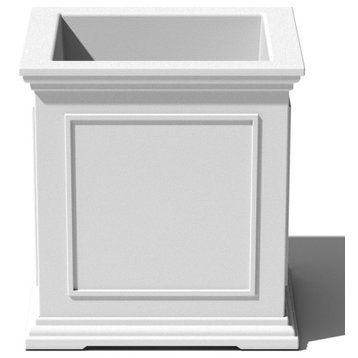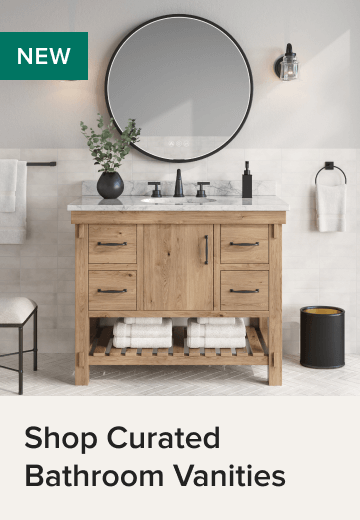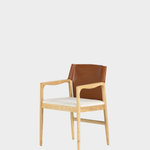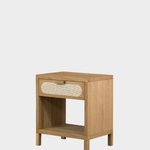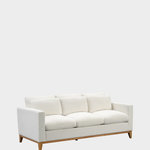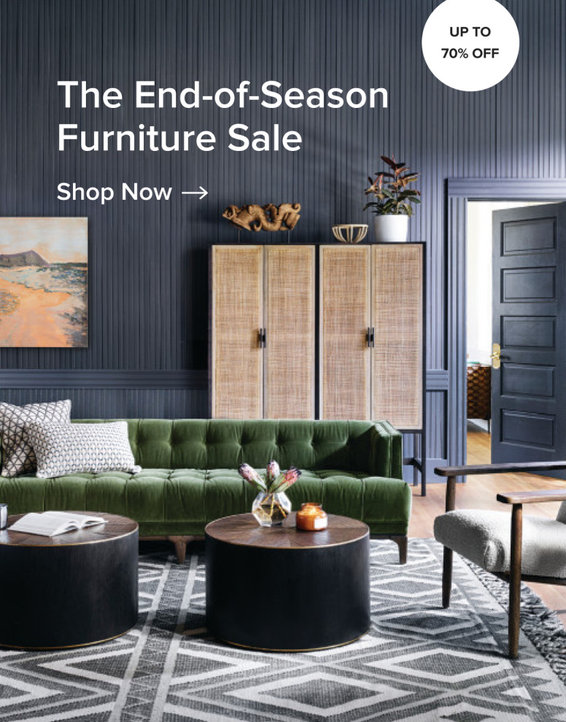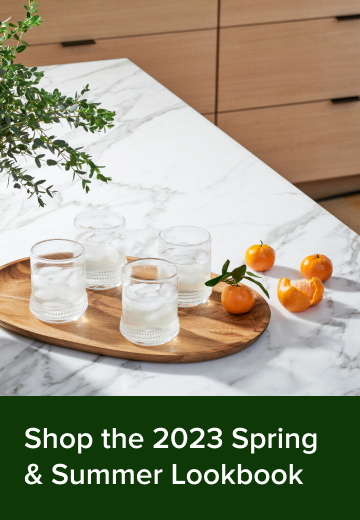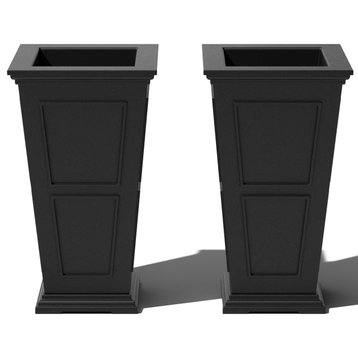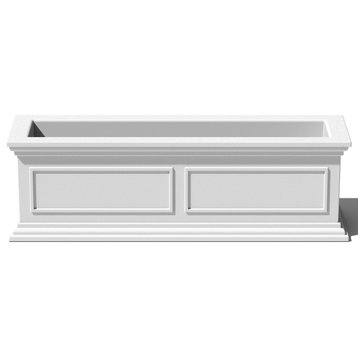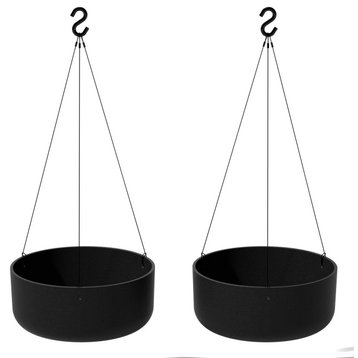Planters are a great way to bring nature indoors, onto your patio or even up high on your balcony. Some styles, like raised garden beds and vertical garden designs, can even augment an already established green landscape. The modular nature of garden planters and planter boxes means you can create as small or as large a landscape as you like. While you plan your backyard vegetable nursery or floral paradise, here are a few things to consider:
What kinds of planters do I have to choose from?
With such a variety of plant pots and window boxes available, you’re bound to find one that meets your needs in terms not only of functionality but of color and style as well. Here are some of the more common types you may run into as well as pros and cons for each:
• Raised garden beds: A great choice for a large-scale outdoor planting, raised beds allow you to avoid soil compaction and deter pests and weeds. Adding one is a great way to gain and maintain control when growing a vegetable or succulent landscape, thanks to its excellent drainage capabilities and insulating qualities.
• Vertical garden: This design moves your plants from the ground to unused vertical space on your walls. Perfect for homes with limited space for gardening indoors or out, adding one is a great way to decorate your walls as well.
• Window boxes: Another way to continue growing your landscape with limited space (or with lots of space!), window boxes can add instant curb appeal to your home. You can also find styles that allow you to grow a balcony garden by hanging your flowerpot on the railing. Don’t be afraid to add one to your kitchen window for a convenient place in which to grow edible herbs.
• Plant pots: Clustered around your patio or balcony, garden pots instantly add a casual finishing touch and brilliant colors. You can use them as architectural or sculptural accessories as well.
• Hanging planters: This style keeps delicate annuals off the ground and closer to eye level. Paired with plant pots, they can create a layering effect and provide dramatic visual interest for your exterior.
What planter material is best?
Depending on your needs, your climate and the plants you plan to grow in your new planter, certain materials will be more suitable for you. Here’s a roundup of some common choices:
• Concrete: With high durability, a concrete planter is a great choice if you often experience harsh weather. This material can also help insulate your plants in the winter, but be warned that it could cause problems for the plants’ roots in the summer when your planters heat up. Available in many colors and styles, concrete planters can also be more expensive than other choices. A concrete planter is the perfect home for
wolfsbane, werewolves beware!
• Clay: Terra-cotta and clay pots have a unique look, making them a popular choice for gardeners worldwide. Thanks to their porous qualities, they provide exceptional airflow to your plants’ roots. However, they tend to be more fragile than other choices and can easily crack, shatter or dry out, especially if left outside in the cold or heat.
• Metal: If you prefer a modern look, consider a metal planter or two. There is a wide variety of weights and styles available, and they tend to hold up well in cold climates. Most are coated in primer to prevent rust; however, it’s worth noting that they can damage your plants’ roots if left in the hot sun.
• Plastic or fiberglass: This choice is affordable and easy to maintain, plus durable and oftentimes resistant to frost. Quality fiberglass planters often mimic the look of ones made of more expensive materials like terra-cotta, but cheaper varieties may still look artificial. They retain moisture very well, so be sure they provide proper drainage so the plants’ roots don’t drown.
• Wood: Wood is a classic material, and wood planters have a beautiful, natural look. They retain water well and help insulate roots in colder weather. While they tend to be heavier than planters made of some other materials, they age well and can be made with rot-resistant wood like cedar or redwood.
I have limited space outside. How do I start a balcony garden?
If you lack a yard or ample space in which to start a green oasis, you’re not alone. The good news is, you can still enjoy the colors and bounty of a flower or vegetable nursery, thanks to window boxes, a vertical garden or a balcony garden. If you’re planning to brighten your balcony with lots of greenery, keep in mind that balconies are usually microclimates, meaning the climate just outside your back door can vary dramatically from the climate on the ground. Therefore, you’ll want to note how hot or cold your balcony gets as well as how much shade and sun it receives before deciding on what types of plants you’d like to grow. It’s also important to consider how much space you have and whether you’d like to add furniture so you can relax and enjoy your miniature oasis. Other considerations are how windy it gets, how often you’ll be able to venture out and care for plants, the location of the closest water faucet, and, of course, your budget. If you’re a renter, don’t forget to check your lease or with your rental office for any restrictions.
Find where to buy Outdoor Pots & Planters and get inspired with our curated ideas for Outdoor Pots & Planters to find the perfect item for every room in your home. With such a wide selection of Outdoor Pots & Planters for sale, from brands like Vida XL International B.V., Red Oak Road, and Crescent Garden, you’re sure to find something that you’ll love. Shop from Outdoor Pots & Planters, like the Wilber the Pig Handmade Planter or the Veradek Pure Series Midland 30" Planter Black, while discovering new home products and designs. Whether you’re looking to buy Outdoor Pots & Planters online or get inspiration for your home, you’ll find just what you’re looking for on Houzz.
